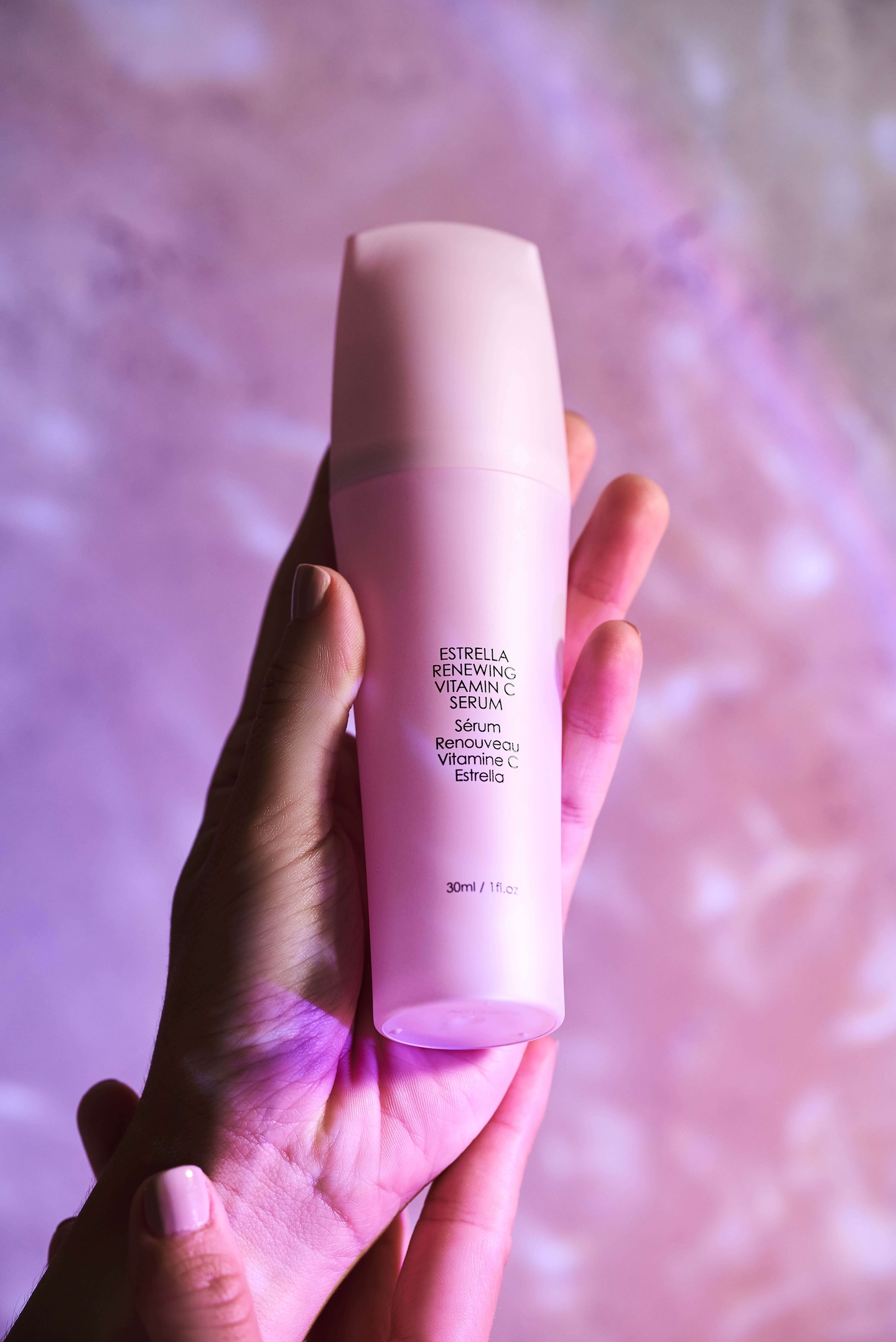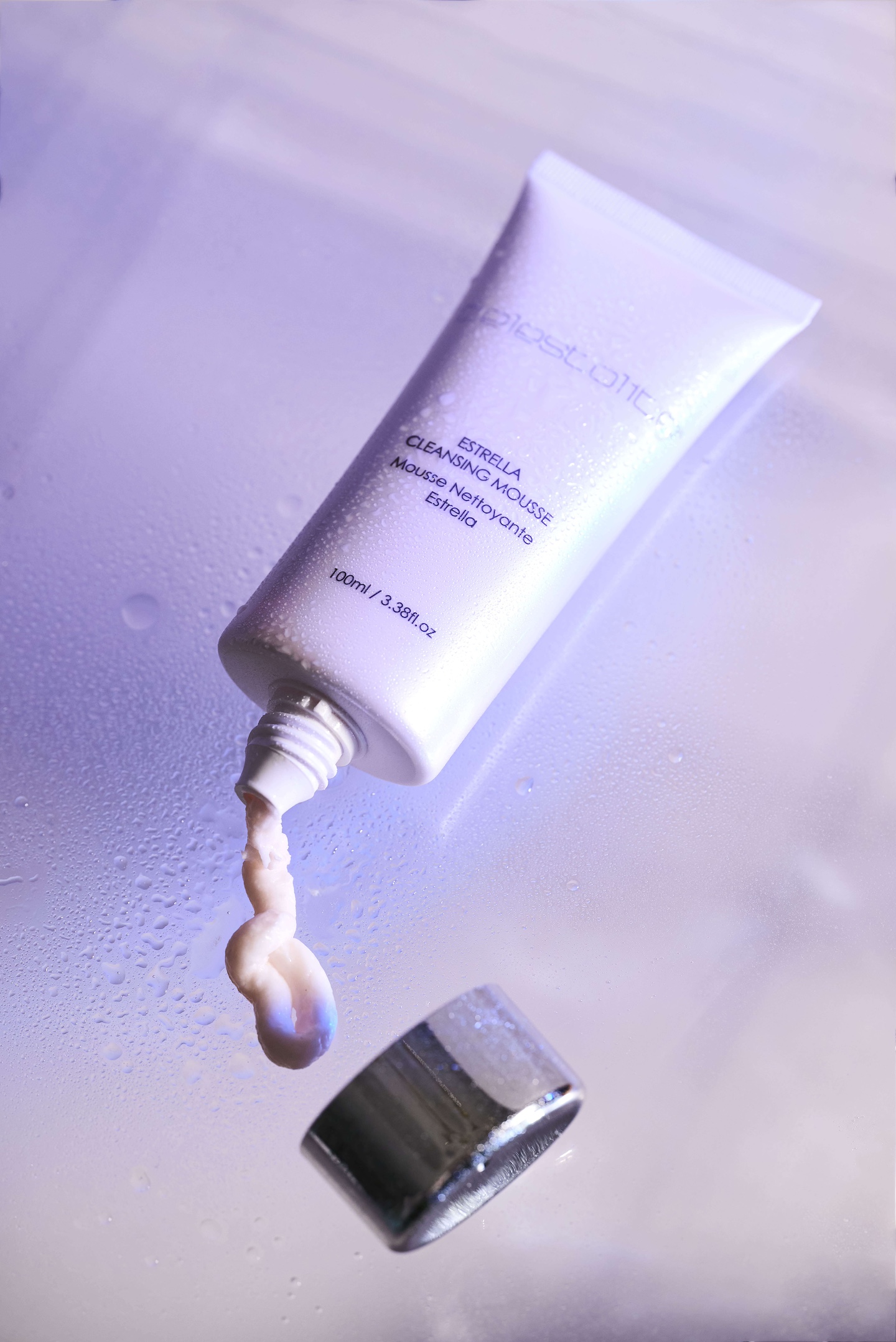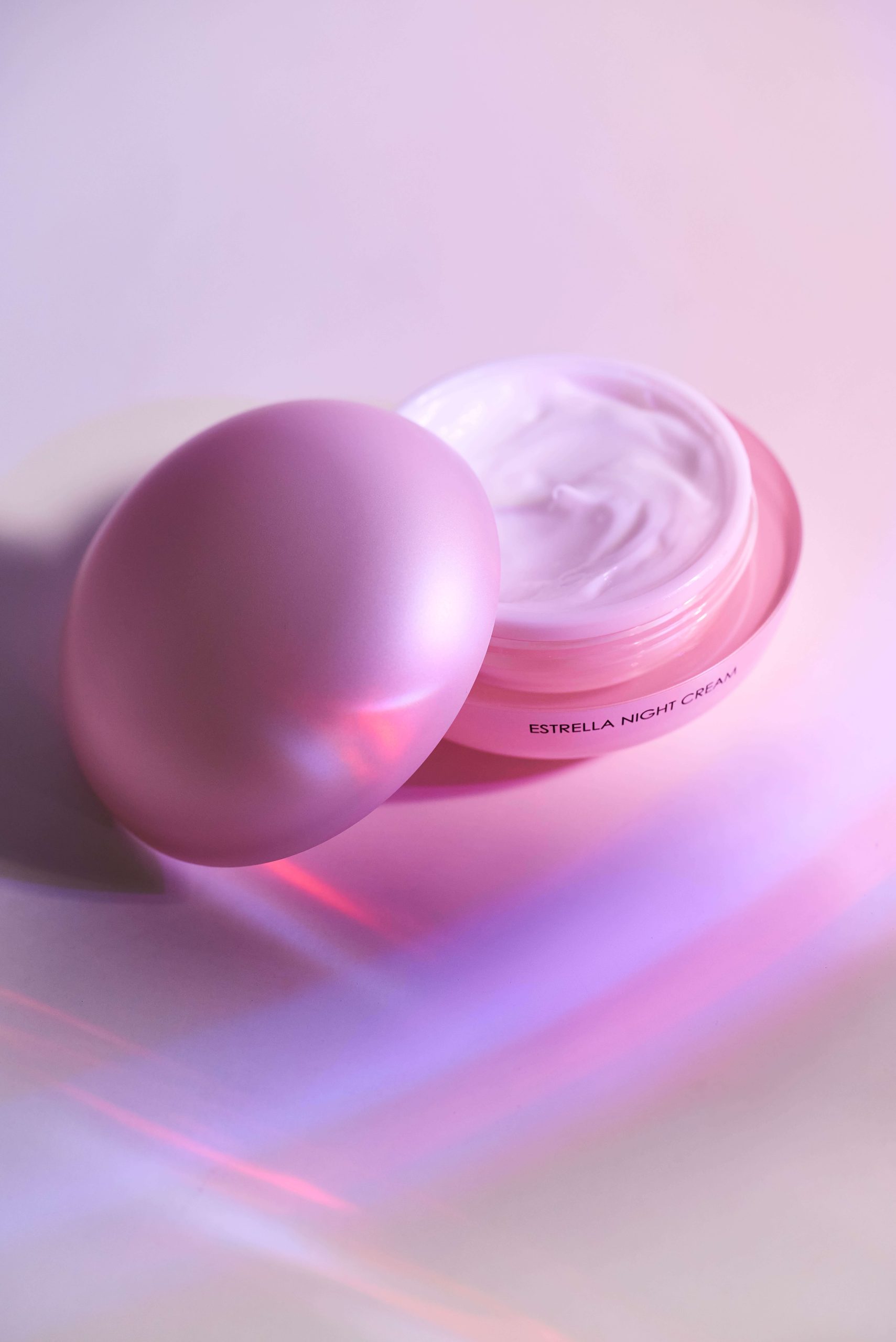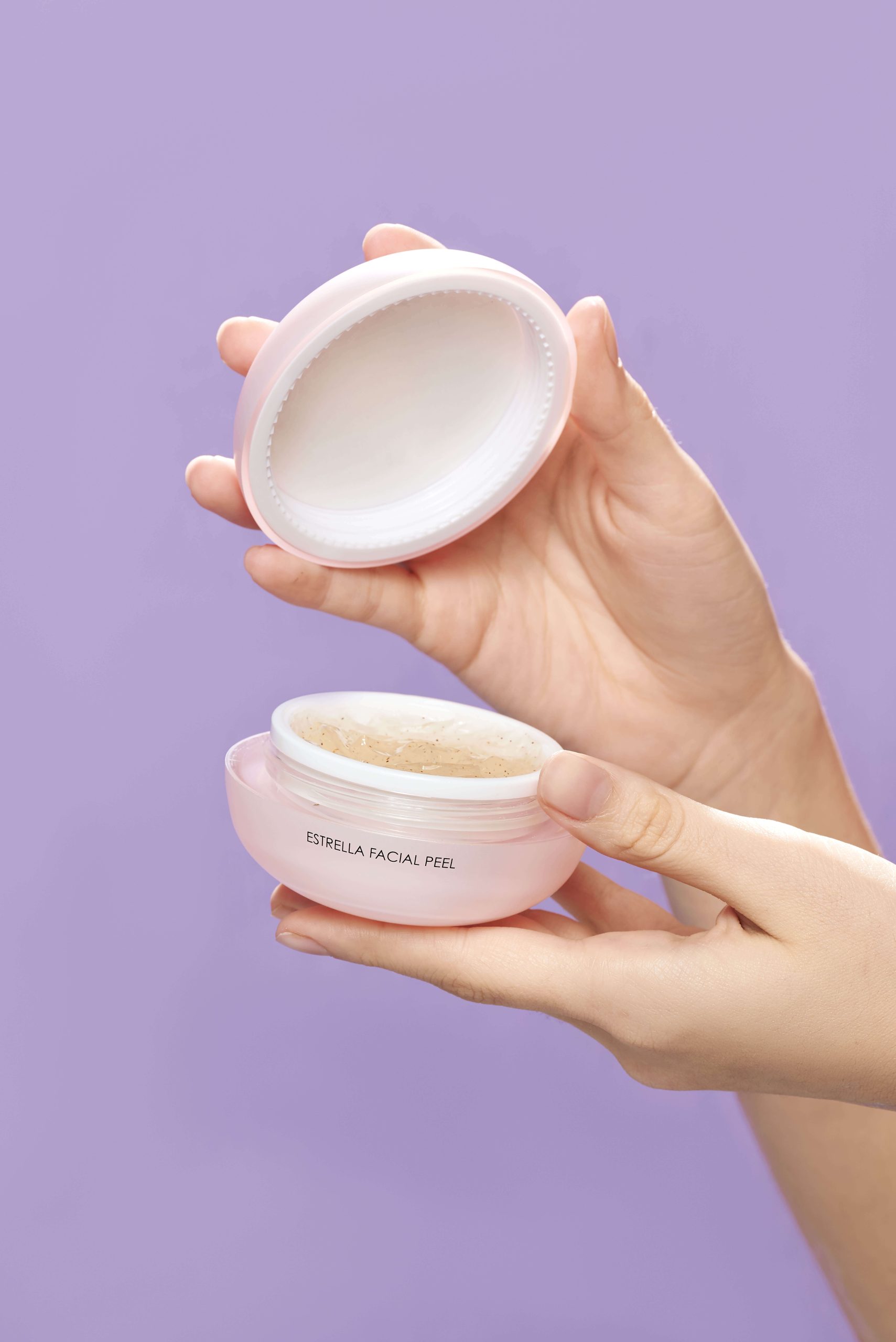Even with the best of intentions, it’s so easy to make mistakes with your skin. Some of those mistakes may not seem like a big deal but, over time, the problems that they cause can quickly accumulate, leaving you dealing with long-term damage.
Today, Celestolite is going to be discussing one of the most common skincare mistakes that people make; over-exfoliation. Read on as we explain why it happens, what it means for your skin, and what you can do to rectify the damage that it causes.
What is Over-Exfoliation?
As you can probably guess from its name, over-exfoliation is when you overdo it with your exfoliation efforts. This is something that’s surprisingly easy to do. With exfoliation often leaving the skin looking immediately brighter and fresher, it can be tempting to ramp up your exfoliation efforts so that you can enjoy that gorgeous glow more often. However, whether this involves exfoliating more often or switching to a more powerful exfoliant, both can leave your skin suffering from over-exfoliation.
Why is Over-Exfoliation Such a Mistake?
There’s no denying that exfoliation can be extremely beneficial. This is why it should be an integral part of every skincare routine.
However, let’s also not forget what exfoliation does. Yes, it clears away the dead skin cells that leave the skin looking dull and feeling rough, along with excess sebum and impurities from within the pores, but that sebum combined with your dead skin cells forms a major component of your skin’s natural protective barrier. Over-exfoliate the skin and you’ll end up removing too much of this important barrier.
Why is this bad? Because your skin barrier performs some very important roles. It keeps your skin safe from environmental aggressors while also preventing moisture from evaporating away. As soon as this barrier is even slightly compromised, the problems begin…
How Can You Tell If You’re Over-Exfoliating?
One of the problems with over-exfoliation is that it’s a difficult mistake to spot. It causes such a wide range of different skin issues, all of which can also be caused by other factories. It can take a while for people to realize that over-exfoliation is to blame, meaning that they continue to over-exfoliate and unintentionally damage their skin in the meantime.
What makes things harder is that the symptoms of over-exfoliation hugely vary between individuals. Some may notice just one of the following while others may experience several:
- Skin suddenly becomes more sensitive. It may even start reacting to products that you’ve been happily using for years, with a burning or stinging sensation when those products are applied
- Redness, blotchy patches, and inflammation
- Excessive dryness and flaking
- Breakouts – small pimples, in particular
- A shiny and waxy skin surface
What Should You Do If You’ve Been Over-Exfoliating Your Skin?
Think that you might have over-exfoliated your skin? Here’s what to do:
Immediately Stop Exfoliating
With your skin barrier already being compromised, the last thing that you want to do is cause it further harm. So, your very first move should be to stop exfoliating. Your skin needs some time to heal and continuing to exfoliate will only prevent it from doing so.
How long do you need to stop exfoliating for? Ideally, wait until your skin has returned to its baseline texture. This means the state that it was in before over-exfoliation started to take its toll. For some, this may only take a few weeks. However, if you’ve been over-exfoliating for a while, you might have to wait for a couple of months.
Cut Out Potent Actives

A compromised skin barrier leads to an increase in inflammation and sensitivities. Ideally, you want to keep these to a minimum, meaning that you need to be very careful about the products that you apply to over-exfoliated skin.
If you’re using any potent actives, such as retinol, it’s time to stop. Retinol is known for irritating the skin barrier. This doesn’t mean that you have to give up on vitamin A altogether – it just means looking for a gentler derivative of the ingredient, such as retinyl palmitate. You’ll find it in several Celestolite products, including the Estrella Renewing Vitamin C Serum. The fact that this serum contains two gentle forms of vitamin C is another boon for your over-exfoliated skin. Vitamin C helps the skin to feel capable of recovering so much faster.
Simplify Your Skincare Routine
Due to over-exfoliation, your skin will be feeling overwhelmed. Now is not the time to overload it with a complex skincare routine. Instead, you should be doing the opposite and simplifying your skincare routine in order to cut back on the number of potential irritants that your skin will be coming into contact with. You need to help your skin in its attempt to lower the feeling of inflammation, rather than working against it.
Let’s take a look at what this means for your skincare routine:
Step 1: Cleanse

Start by making sure that you’re using a gentle cleanser. Just like exfoliants, cleansers can also strip away the skin’s natural protective barrier. Foaming cleansers are notorious for this. You need a cleanser that isn’t going to cause your skin barrier any further damage, just like the Celestolite Estrella Cleanser Mousse. In fact, the amino acids infused in this formula will leave your skin barrier feeling fortified.
Step 2: Moisturize (and Protect)

Since you’re trying to keep your skincare routine minimal, there’s only one other product you need; a moisturizer. This is essential because of how moisturizers help to mimic the function of the skin’s natural barrier. They form a barrier of their own over the skin’s surface, which, just like the skin’s natural barrier, helps to trap in moisture while keeping irritants at bay.
What’s the best moisturizer to use on over-exfoliated skin?
This depends on the time of day. In the mornings, you need to consider sun protection. Sure, you could apply an additional sunscreen over your regular moisturizer but this means exposing your over-exfoliated skin to yet another skincare product. An SPF moisturizer, which will provide sun protection while also moisturizing your skin, can sometimes be a better bet. Our top choice would be the Celestolite Nova Bright Skin Cream SPF 30. It will safeguard against the appearance of sun damage while also leaving your skin feeling deeply hydrated.
In the evenings, SPF isn’t needed. However, moisture loss increases overnight. With your skin barrier having a few gaps in it, your skin will be particularly prone to losing its moisture. To counter this, slather your skin with a rich moisturizer in the evenings, just like the Celestolite Estrella Night Cream. With shea butter, sunflower seed oil, and oat protein, it will leave your skin barrier feeling stronger and more resilient.
Soothe If Needed

As we mentioned earlier, the symptoms of over-exfoliation vary greatly. However, most people do tend to notice sensitivities and inflammation, although to different extents. Either way, if your skin is feeling particularly irritated, don’t ignore it. Instead, give it a helping hand by pampering it with ingredients that are known for soothing the complexion.
Aloe vera, for example, is revered for how it is extremely effective at inhibiting the feeling of inflammation in the skin, with so many studies backing this up. Chamomile extract is another ingredient that’s loved for similar effects. Not only do these ingredients help with the appearance of inflammation and sensitivities, but they’re also chock-full of antioxidants that will leave your skin barrier feeling replenished.
If you would like to treat your skin to these ingredients, check out the Celestolite Estrella Facial Toner. Not only will it soothe your complexion with both aloe vera and chamomile, but it also boasts the hydrating properties of cucumber fruit extract.
Take it Slowly When You Start Exfoliating Again

Once your skin has returned to its baseline texture, you can then start to think about introducing exfoliation back into your skincare routine. However, you need to be very careful about how you do so…
Begin by exfoliating just once a week for two or three weeks. If you don’t notice any redness or irritation arising, you can then increase this if needed. However, this could be where things went wrong for you in the first place. Some people don’t need to exfoliate more than once a week. Keep your skin type in mind but, even if you have oily skin, a maximum of two to three times a week should be plenty.
Of course, over-exfoliation isn’t only about exfoliating too often. It can also occur if you’re using an exfoliant that’s too potent for your skin. So, when you start exfoliating again, make sure that you do this with a gentle exfoliator, such as the Celestolite Estrella Facial Peel. Unlike many of the other exfoliators out there, this one isn’t filled with harsh acids. Instead, it’s a gentle physical exfoliant that will softly sweep away dead skin without damaging your skin’s natural barrier.
Always Follow Up
Do you ever leave your skin bare for a while after exfoliating it? If so, this could be exacerbating your over-exfoliation symptoms.
Each time you exfoliate, you will end up partially interfering with your skin’s protective barrier, no matter how gentle your exfoliant may be. This means that post-exfoliation, your skin will be temporarily more susceptible to environmental aggressors and moisture loss.
To prevent this, always immediately follow up an exfoliant with a serum or a moisturizer. This will give your skin an additional layer over its surface, which will help to keep it feeling safe.
Summary
Skincare mistakes are so easy to make, especially when it comes to over-exfoliation. However, the good news is that you’re now aware of the problem and its symptoms, meaning that you’re much more likely to be able to tell if you unintentionally start over-exfoliating your skin. If this happens, keep the above advice in mind and you’ll be able to restore normality to your complexion in no time!
Click here to browse more bestselling skincare products from Celestolite.




0 comments on “Are You Making This Common Skincare Mistake? Here’s How to Fix It”